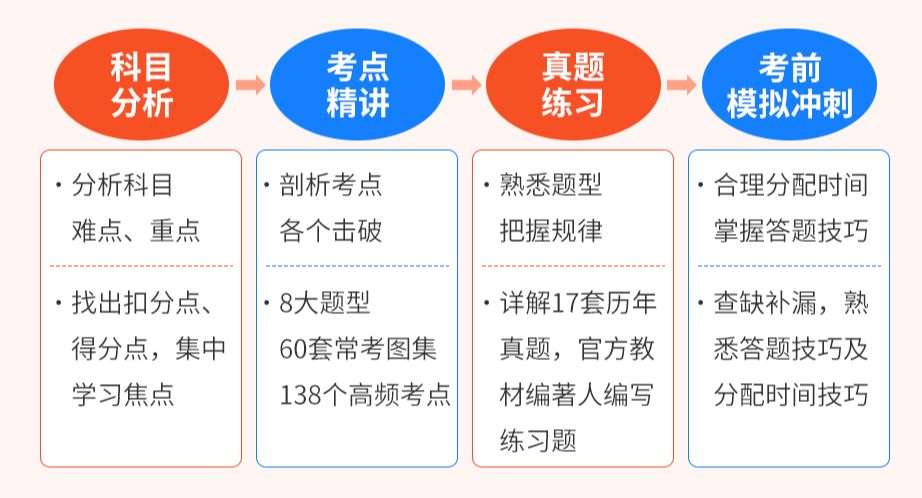These parameters shall be recorded for any planned buildings, Some of these data are also needed for detailed analysis in the green building evaluation and design stage.
In the operation and maintenance stage, according to the current green building evaluation standards, the emphasis is on waste management and the construction of property management system, focusing on qualitative content.
In this stage of planning and design, a certain area is planned.
Therefore, existing data must be used as much as possible in software design.
The application of BIM Technology in this stage is relatively intuitive.
BIM has obvious advantages in realizing green design and sustainable design: BIM method can be used to analyze all aspects of building performance, including daylighting, energy efficiency and sustainable materials affecting green conditions; It can analyze and realize the lowest energy consumption, and realize energy conservation and environmental protection with the help of ventilation, daylighting, air distribution and visual control of people’s psychological feeling; Using BIM concept, we can also calculate the sunshine and simulate the wind environment while completing the project scheme, so as to inject high-tech power into the “green exploration” of architectural design.
Green building evaluation can calculate and view the single index of green building at any time in the design stage, or conduct a comprehensive evaluation of the whole building through the corresponding menu.
In the green building evaluation standard, there are specific requirements for green space rate and outdoor permeable ground.
Some green building evaluation indexes, such as per capita residential land index, building floor, height, external profile size, building location, etc., are reflected in the design results as design results.
This stage is the description of overall data, the acquisition of macro-control parameters, and the integration of building group description data, which provides important overall information for project management and necessary boundary conditions for heat island analysis and outdoor wind environment calculation.
From the long-term perspective or the consideration of the owner, energy consumption monitoring and equipment maintenance management should be of concern.
The architectural information model is the model information describing architecture and its related disciplines, so as to provide original design data for construction drawing design, operation and maintenance in the future.
At this stage, the quantitative data of specific projects can be determined according to the planning objectives, and the projects can be scored and evaluated.
Therefore, it is necessary to manage the project and bring the involved project into the database of the whole area management, In order to extract relevant information.
At this time, the information model is the specific project to be evaluated, and its specific data can be obtained from the database of design and calculation results of different disciplines of the project.
All performance-based design calculations, including sunshine analysis, energy-saving design, energy efficiency evaluation, natural ventilation design, water supply and drainage calculation and analysis, HVAC design and calculation, green building evaluation, etc., are closely related to the information model data of the building itself, Building construction drawing design also comes into being, so the information model design of the building itself needs a breakthrough.
Landscape design environmental greening has been paid more and more attention and has become an important part of green building design.
Different projects affect each other in calculation, such as the impact of adjacent buildings on the calculation of sunshine, daylighting and sunshade of designed buildings.
The application direction of BIM Technology in green building is mainly in seven aspects.
Architectural design process this stage is the implementation stage of architectural design, involving architecture, structure, water, heating and electricity.
The information model of the building itself is the basis for the analysis of other relevant design software and the core of BIM Technology.
Considering the real operation and maintenance, the information model is relatively complex, which needs to inherit the system description in the design stage, and also consider the settings of monitoring system and metering system, equipment maintenance period, equipment operation status and equipment maintenance and operation cost..
From the perspective of green building design, the information model is relatively simple, It mainly refers to the contents of some articles.
The design phase focuses on various functions and performances of single building.
Project management green building design includes a large number of quantitative analysis and calculation.
In the green building design in the construction stage, the materials in the construction process shall be taken from the nearest place as far as possible, involving the type of materials, the amount of materials used and the amount of reusable building materials.
Therefore, from the perspective of information model, the landscape design information model includes not only the information used for design statistics, From the perspective of green building design, relevant information of green building evaluation should be generated at any time.
Therefore, the information model at this stage emphasizes the budgeted quantities, detailed material usage and material statistics rules, At present, the energy consumption of construction organization, material transportation and construction process has not been highlighted in the green building evaluation standards, but from a long-term perspective, the information of construction process such as construction organization should be considered, and the description method will be more complex.


